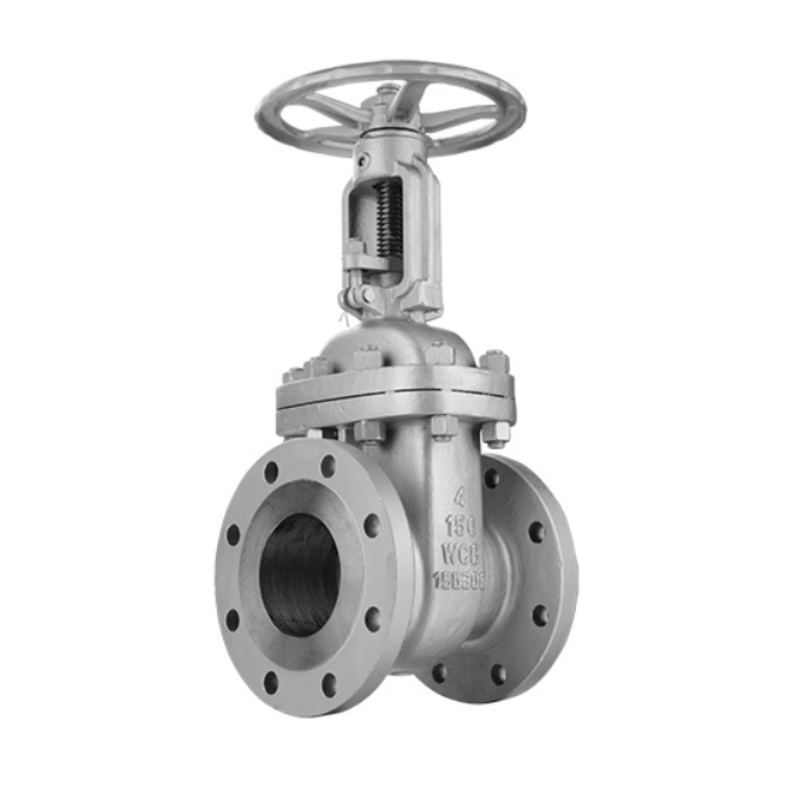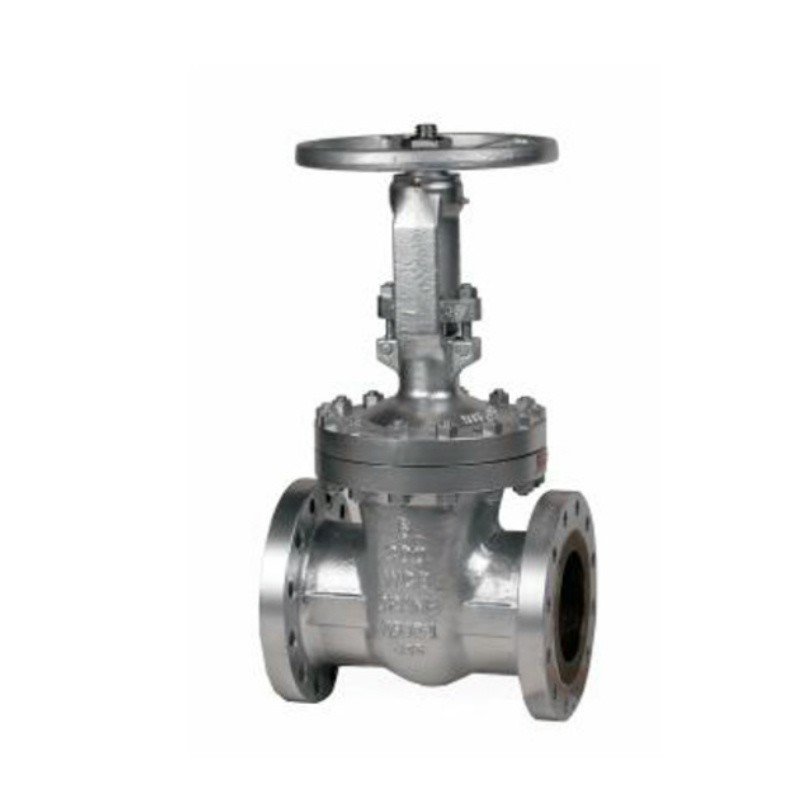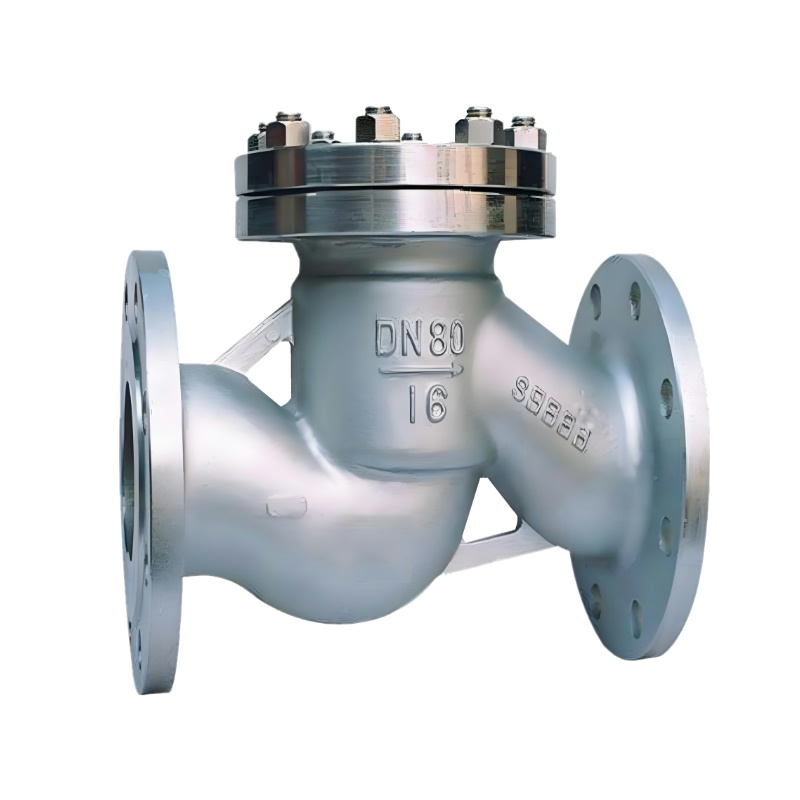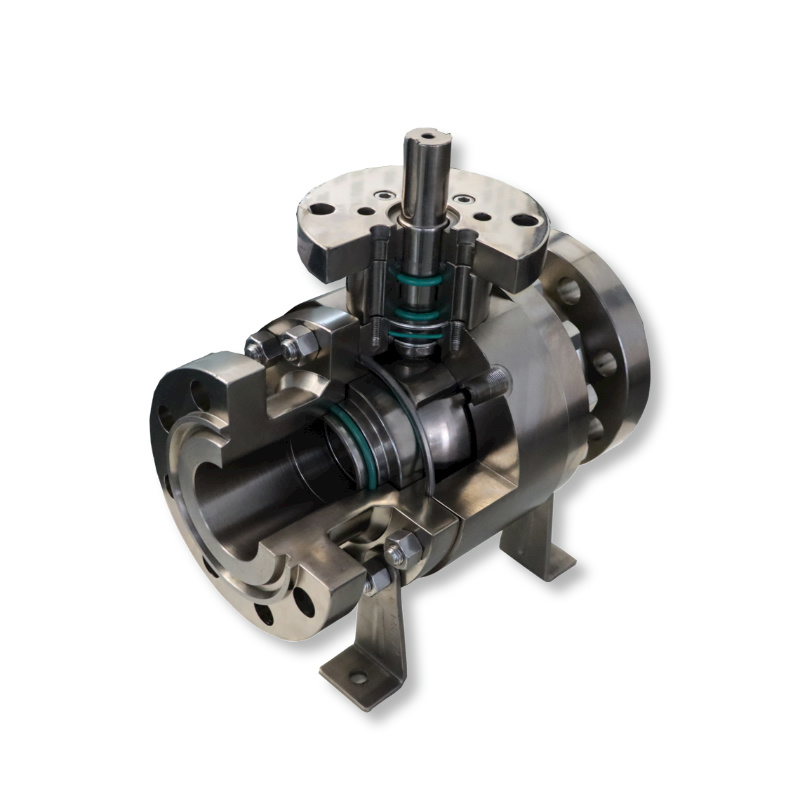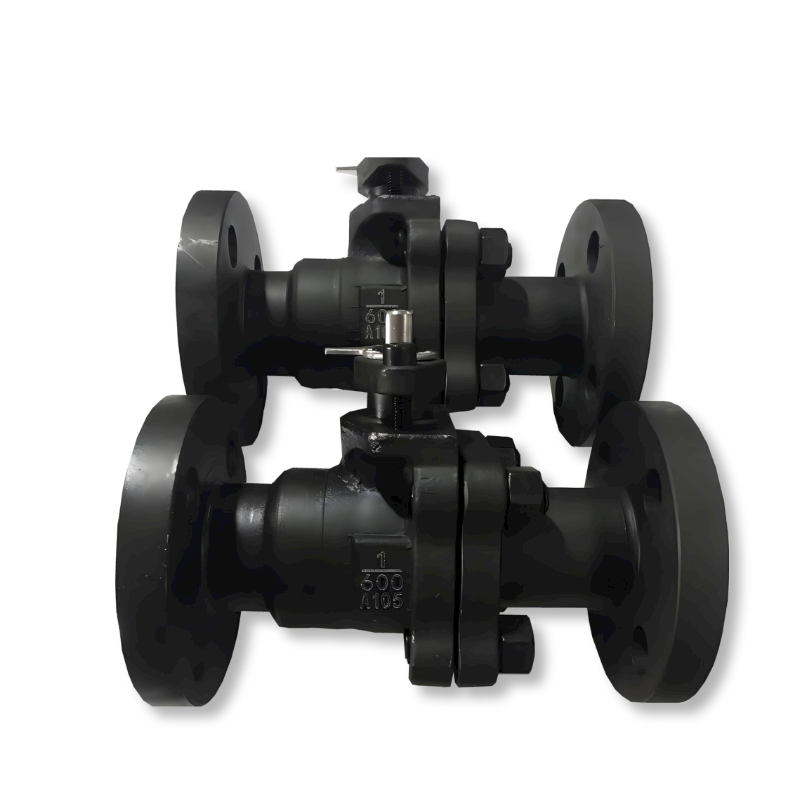ANSI cast steel gate valve
Introduction
This article contains all the information you need to know about ANSI Cast Steel Gate Valve
Read further and learn more about:
Specification
Actuator
Types
Application

Chapter 1 - Specification
Here's a typical specification for an ANSI Cast Steel Gate Valve:
Material
The body, bonnet, and gate of the valve are made of cast steel (usually ASTM A216 WCB for carbon steel or ASTM A351 CF8M for stainless steel), providing strength and corrosion resistance.
Trim Material
The internal trim components of the valve, such as the gate, stem, and seat rings, are made of materials suitable for the intended application, such as stainless steel, carbon steel, or alloy steel, to ensure corrosion resistance and durability.
Size
ANSI cast steel gate valves are available in a wide range of sizes, typically from 2 inches to 24 inches or larger, to accommodate various piping systems and flow requirements.
Pressure Rating
The valve conforms to ANSI pressure classes, commonly ranging from Class 150 to Class 2500, indicating its ability to withstand different levels of pressure. Higher pressure classes are suitable for more demanding applications.
Temperature Range
The valve is designed to operate within a specified temperature range, determined by the material selection and construction. Special materials or insulation may be required for high-temperature or cryogenic applications.
End Connections
ANSI cast steel gate valves typically have flanged end connections to ANSI B16.5 or butt weld end connections to ANSI B16.25 standards. The choice of end connections depends on the requirements of the piping system and the installation conditions.
Sealing Mechanism:
The gate valve features a metal-to-metal or resilient seat design to provide a tight shut-off when the valve is fully closed. The sealing mechanism ensures leak-free performance and prevents fluid bypass.
Chapter 2 - ANSI Cast Dteel Gate Valve Actuator
The actuator for an ANSI cast steel gate valve provides the mechanism for opening and closing the valve. Depending on the application and operational requirements, various types of actuators can be used with cast steel gate valves. Here are some common types:
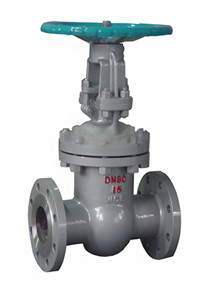
Manual Actuator:
Manual actuators include handwheels or levers that are manually operated by an operator to open or close the valve. Manual actuators are simple, reliable, and suitable for applications where infrequent operation or local control is sufficient.

Pneumatic Actuator:
Pneumatic actuators use compressed air to generate mechanical motion for operating the valve. They are commonly used in industrial applications where rapid valve operation and precise control are required. Pneumatic actuators offer fast response times, high reliability, and are suitable for both on-off and throttling applications.
Hydraulic Actuator:
Hydraulic actuators use hydraulic fluid to generate mechanical motion for operating the valve. They offer high force output and precise control, making them suitable for applications where a large amount of force is required to operate the valve or where precise positioning is critical. Hydraulic actuators are commonly used in heavy-duty industrial applications.
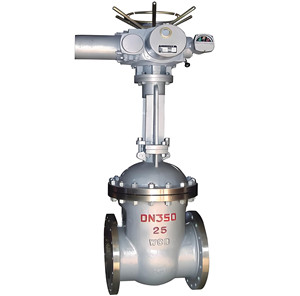
Electric Actuator:
Electric actuators use an electric motor to generate mechanical motion for opening and closing the valve. They are suitable for applications where remote operation, precise control, and automation are required. Electric actuators can be controlled remotely and integrated into control systems for advanced functionality such as position feedback, torque sensing, and remote monitoring.
Chapter 3 - ANSI Cast Steel Gate ValveTypes
ANSI cast steel gate valves are available in various types, each designed to meet specific application requirements and operating conditions. Here are some common types of ANSI cast steel gate valves:
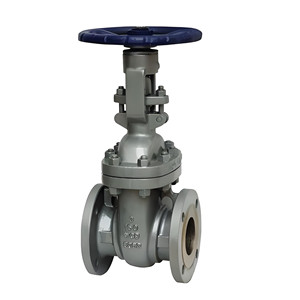
Bolted Bonnet Gate Valve:
Bolted bonnet gate valves feature a bonnet that is bolted to the valve body. This design allows for easy maintenance and repair by removing the bonnet to access internal components such as the gate, stem, and seats. Bolted bonnet gate valves are commonly used in applications where periodic inspection and maintenance are required.
Pressure Seal Gate Valve:
Pressure seal gate valves are designed for high-pressure and high-temperature applications. They feature a unique pressure seal bonnet design that provides a tight seal against the body at elevated pressures. Pressure seal gate valves are commonly used in power generation, oil and gas, and petrochemical industries.

Welded Bonnet Gate Valve:
Welded bonnet gate valves have a bonnet that is welded to the valve body, providing a hermetic seal and enhanced structural integrity. This design is suitable for applications with severe operating conditions and high pressures. Welded bonnet gate valves are commonly used in critical service applications where leakage prevention is paramount.
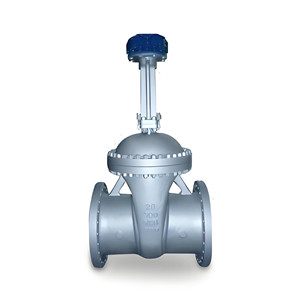
API 600 Gate Valve:
API 600 gate valves, also known as steel gate valves, are designed and manufactured according to the requirements of API Standard 600. These valves are widely used in oil and gas production, refining, and pipeline transmission systems. API 600 gate valves are available in various materials, pressure classes, and end connections to meet industry requirements.
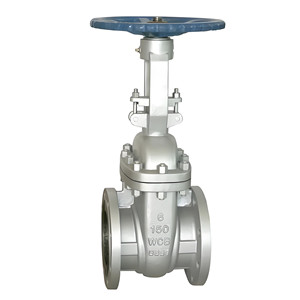
API 603 Corrosion-Resistant Gate Valve:
API 603 gate valves are designed for applications where corrosion resistance is critical. These valves are manufactured according to the requirements of API Standard 603 and are commonly used in corrosive environments such as chemical processing, marine, and offshore applications. API 603 gate valves are available in stainless steel and other corrosion-resistant materials.
Cryogenic Gate Valve:
Cryogenic gate valves are designed to handle extremely low temperatures, typically below -50°C (-58°F). These valves are used in cryogenic applications such as liquefied natural gas (LNG) processing, industrial gases, and aerospace applications. Cryogenic gate valves are constructed with materials and seals that can withstand the challenges of low temperatures without compromising performance.
Extended Bonnet Gate Valve:
Extended bonnet gate valves feature an elongated bonnet that provides insulation and protection for the stem and packing gland in high-temperature applications. These valves are used in processes where the fluid temperature exceeds the temperature rating of standard valves. Extended bonnet gate valves are commonly used in petrochemical, chemical processing, and power generation industries.
Chapter 4 - ANSI Cast Steel Gate Valve Application
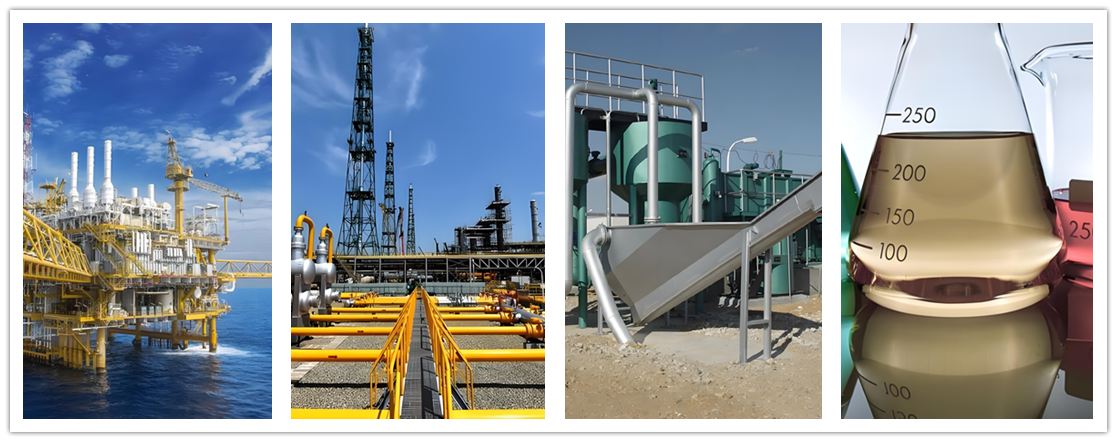
ANSI cast steel gate valves are widely used in various industries for their ability to provide reliable, bi-directional isolation and tight shut-off in high-pressure and high-temperature applications. Here are some common applications of ANSI cast steel gate valves:
Oil and Gas Production:
Cast steel gate valves are extensively used in the oil and gas industry for upstream, midstream, and downstream applications. They are employed in wellheads, production manifolds, pipelines, refineries, and petrochemical plants to control the flow of crude oil, natural gas, and other hydrocarbons.
Power Generation:
Cast steel gate valves play a vital role in power generation facilities for controlling the flow of steam, water, and other fluids in boiler feedwater systems, steam turbines, condensate lines, and cooling water circuits. They ensure reliable operation and safety in power plants.
Refining and Petrochemical Plants:
Gate valves are crucial components in refining and petrochemical plants for controlling the flow of various process fluids such as crude oil, refined products, chemicals, and solvents. They are used in distillation columns, reactors, separators, and storage tanks to regulate process flow and isolate equipment.
Pipeline Transmission:
Gate valves are installed along pipeline networks for oil, gas, water, and other fluids to provide sectional isolation, facilitate maintenance activities, and control the flow during normal operation and emergency shutdowns. They are essential for the transportation of fluids over long distances.
Chemical Processing:
Cast steel gate valves are used in chemical processing plants for regulating the flow of corrosive chemicals, acids, solvents, and process fluids. They are employed in reactors, distillation columns, mixing vessels, and storage tanks to ensure safe and efficient operation of chemical processes.
Mining and Minerals Processing:
Gate valves find application in mining operations for controlling the flow of slurries, process water, and chemicals in ore processing plants, tailings ponds, and mine dewatering systems. They are essential for the extraction and processing of minerals and metals.
Water and Wastewater Treatment:
Cast steel gate valves are utilized in water and wastewater treatment facilities for regulating the flow of raw water, treated water, and chemicals. They are used in processes such as filtration, sedimentation, disinfection, and sludge handling to control flow rates and manage process conditions.
Marine and Offshore Industry:
Gate valves are used in marine and offshore environments aboard ships, vessels, and offshore platforms. They control the flow of seawater, ballast water, fuel, and other fluids in propulsion systems, cargo handling systems, and emergency shutdown systems.



